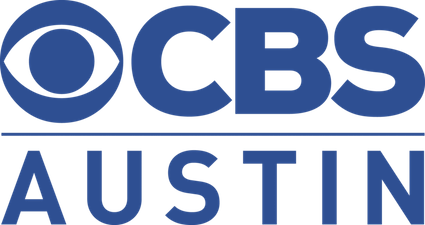
Question 1: Can you break down the dollar cost of the I-35 expansion.
The city’s official name for this is the I-35 Capital Express Project.
There’s three components.
There’s the North project and the South project. They’re going to each add a new driving lane and new lanes for walking and biking, plus fix bridges and some more items. They each cost $500-600 million.
But the Central project is the big one. There’s $4.5 billion set aside, and the state says it’s willing to take money from other projects if more is needed.
They’re adding 20 miles of new lanes that should reduce traffic.
It’s going to build 14 car bridges and 7 walking bridges. Move some existing lanes 40 feet below ground level. Build a new drainage tunnel under Cesar Chavez Boulevard to improve water quality.
Question 2: Most of the funding is coming from the Texas Department of Transportation. How is this going to impact their budget?
They should still have plenty left over. The department has
$100 billion set aside for road construction in the next 10 years.
Almost $2 billion of that is specifically for Austin, but that’s less than some other cities like Dallas and Fort Worth.
The transportation department is huge: 20,000 employees making $900 million.
Marc Williams has been the executive director since 2021. He makes $345,000
He has 28(!) deputy directors. They all make $191k to $313k.
Question 3: There’s also some local funding going into the I-35 project, how is that being raised?
Most of the funding is from the state, but some is also from CAMPO - a transit partnership between Travis, Williamson, and four other nearby counties.
This partnership has its construction projects planned out all the way through
2045: nearly 1,000 projects. Some cheap, some costing up to $6 billion.
It gets confusing because a lot of the local money managed by CAMPO is actually grants from the state and the federal government. So even when the state requires CAMPO to help them fund a large project like the I-35 expansion, the state is essentially taking its own money back. Only a small percentage of the cash originated from Austin taxpayers - the burden is spread around the state.
Question 4: Are there any issues that could cause delays in the construction project?
Part of the plan is to build an intersection at Riverside Drive that will connect I-35 to the light rail system Austin has been trying to build for years.
But that light rail doesn’t even exist yet.
Construction won’t start until 2027 at the earliest, and that’s assuming the city wins all its legal battles over the light rail and the design plans don’t change again like they did this year.